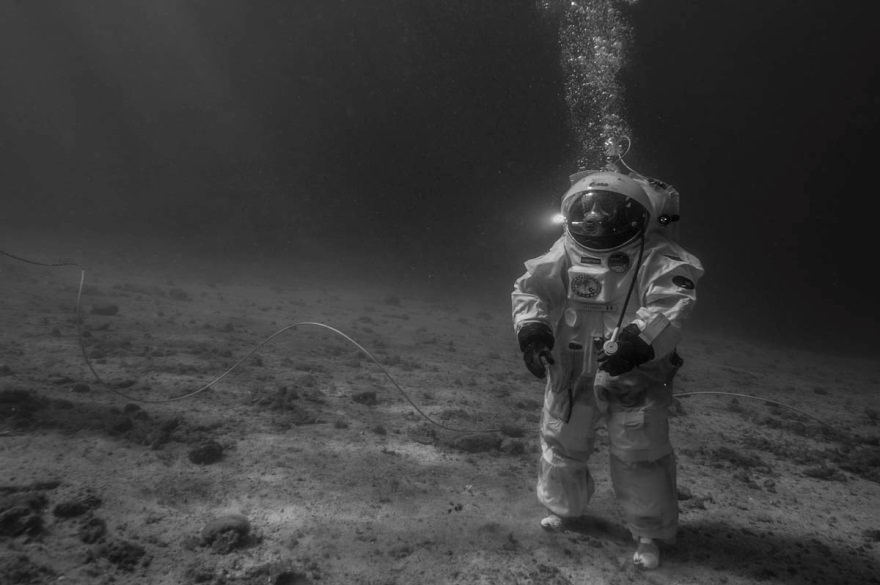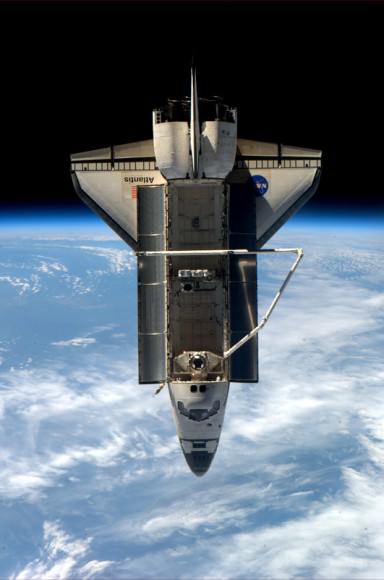The black-and-white tones of this photo evoke a famous Moon walk of 1969, but in reality it was taken in Mediterranean waters just a few days ago.
For the “Apollo 11 Under The Sea” project, European Space Agency astronaut Jean-François Clervoy (pictured above) and ESA astronaut instructor Hervé Stevenin took on the roles of Neil Armstrong and Buzz Aldrin, the first two men to walk on the moon during Apollo 11.
A major goal was to test the Comex-designed Gandolfi spacewalk training suit (based on the Russian Orlan spacesuits) during the sojourn. The mission was considered the first step (literally and figuratively) to figuring out how Europeans can train their astronauts for possible Moon, asteroid and Mars missions in the decades to come.
“The Gandolfi suit is bulky, has limited motion freedom, and requires some physical effort – just like actual space suits. I really felt like I was working and walking on the Moon,” Clervoy stated.
Even the photos come pretty darn close to the real thing. Compare this picture of Apollo 12 commander Pete Conrad during his Moon walk in 1969:
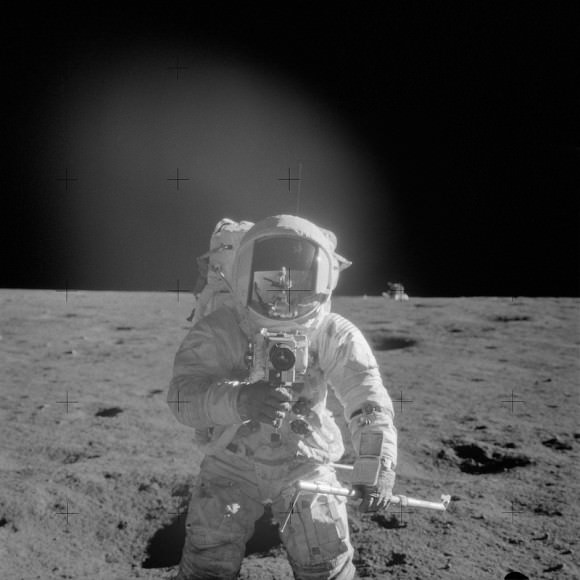
Water is considered a useful training tool for spacewalk simulations. NASA in fact has a ginormous pool called the Neutral Buoyancy Laboratory. Inside are duplicate International Space Station modules. Astronauts are fitted with weights and flotation devices to make them “float” similarly to how they would during spacewalks.
With trained divers hovering nearby, the astronauts practice the procedures they’ll need so that it’s second nature by the time they get into orbit. (NASA astronaut Mike Massimino once told Universe Today that one thing he wasn’t prepared for was how spectacular the view was during his spacewalk. Guess it beats the walls of a pool.)
The first tests for the Apollo 11 underwater simulations began at a pool run by Comex, a deep diving specialist in France, before the big show took place in the Mediterranean Sea off Marseille on Sept. 4. The crew members used tools similar to the Apollo 11 astronauts to pick up soil samples from the ground.
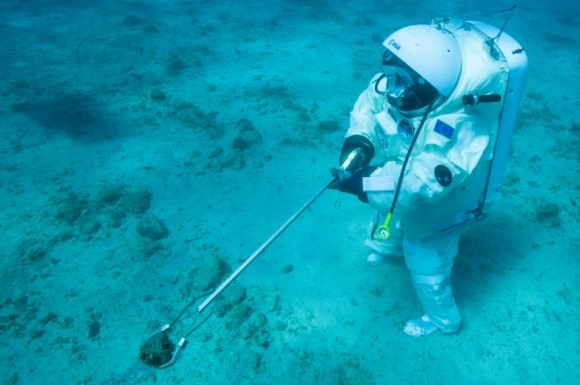
“Comex will make me relive the underwater operations of [Neil] Armstrong on the moon, but with an ESA-Comex scuba suit and European flag,” Clervoy wrote in French on Twitter on June 4, several weeks ahead of the mission.
And ESA promises there is more to come: “Further development for planetary surface simulations in Europe will be co-financed by the EU [European Union] as part of the Moonwalk project,” the agency wrote.
Clervoy isn’t the only European astronaut working in water these days. Starting Tuesday (Sept. 9), Andreas Mogensen and Thomas Pesquet joined an underwater lab as part of a five-person crew. Called Space Environment Analog for Testing EVA Systems and Training (SEATEST), it also includes NASA astronauts Joe Acaba and Kate Rubins, as well as Japanese Aerospace Exploration Agency (JAXA) astronaut Soichi Noguchi.
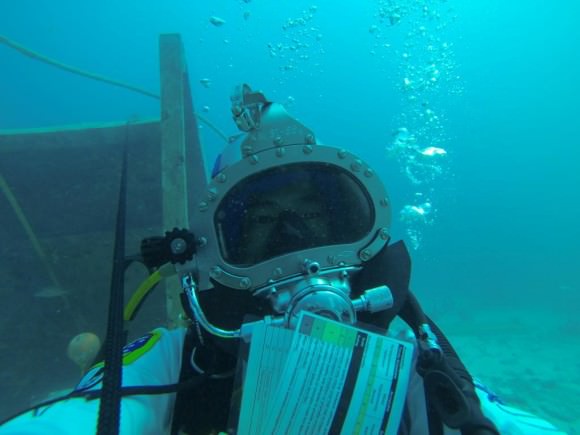
“The crew will spend five days in Florida International University’s Aquarius Reef Base undersea research habitat, conducting proof-of-concept engineering demonstrations and refining techniques in team communication. Additional test objectives will look at just-in-time training applications and spacewalking tool designs,” NASA stated on Sept. 6.
“We made it to Aquarius n [sic] did our first “spacewalk” today. From the ocean floor to space: Aquanaut to Astronaut. It is quite the adventure,” Acaba wrote on Twitter on Sept. 10. He walked twice in space on shuttle mission STS-119 in March 2009.
You can follow the livestream here (it runs intermittently until Sept. 17).
And a few days ago, ESA astronauts Alexander Gerst and Reid Wiseman, both bound for the station in 2014, were doing underwater training in the Neutral Buoyancy Laboratory. “Worked with @astro_reid in the pool today, and guess who we met?”, Gerst said on Twitter Sept. 5 while posting this picture below.
!["Worked with @astro_reid [ESA astronaut Reid Wiseman] in the pool today, and guess who we met?" joked ESA astronaut Alexander Gerst on Twitter on Sept. 5, 2013. Presumably the joke referred to the protagonist in WALL-E, a 2008 Pixar-animated film that features space exploration. Credit: Alexander Gerst/Twitter](https://www.universetoday.com/wp-content/uploads/2013/09/NBL_shot-433x580.jpg)

